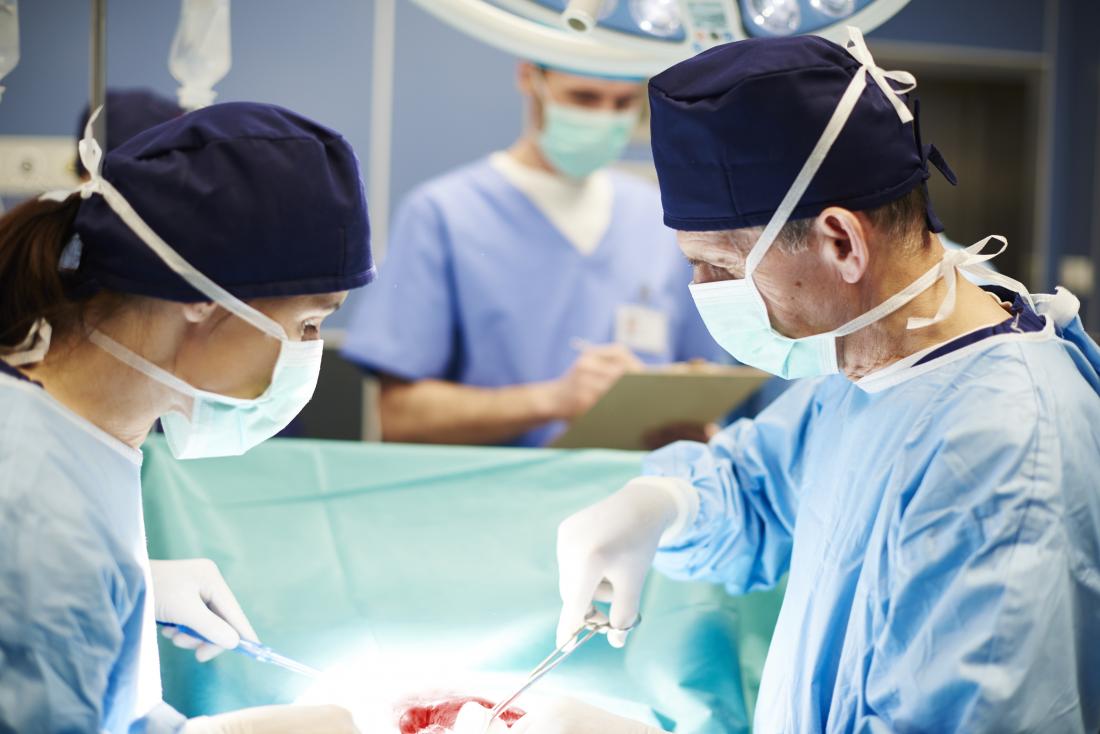Organ transplantation is the transfer of an organ from one body to another or from a donor site to a recipient site on the body. The operation is usually done to treat organ failure or dysfunction. Transplantation can be autologous, where the transplant is taken from the same individual; allogeneic, where it is donated by another individual; or synthetic, where an artificial organ is created.
The first successful human organ transplant was a kidney transplanted in 1954 between identical twins. Since then, other organs have been successfully transplanted including heart, lungs, pancreas and small intestine. As of 2016, there are 118,617 people on waiting lists for organs in the United States alone and 4,657 people died while waiting for an organ in 2015 cite{1}. In order to increase the number of organs available for transplantation, some countries have started using organs from deceased donors cite{2}. This has caused ethical debate as some believe that this takes advantage of vulnerable individuals who may not have given consent if they were alive cite{3}.
Organ transplantation has many risks and complications associated with it. The most common complication is rejection of the transplanted organ which occurs when the immune system attacks and tries to destroy the foreign tissue cite{4}. To prevent this, recipients must take immunosuppressive drugs which weaken their immune system and make them more susceptible to infection cite{5}. Infection is another common complication as patients are at increased risk due to their weakened immune systems cite{6}. Other risks include bleeding, blood clots and problems with the transplanted organ such as Functioning (which can occur when an abdominal organ such as the liver or pancreas isn’t working properly) cite{7} . Despite these risks, many people who receive transplants go on to lead long and healthy lives cite{8}.
There are several different types of organ transplantations depending on what type of tissue is being transplanted: \
-Autologous Transplant: An autologous transplant uses tissue that comes from your own body. The most common type of autologous transplant is a blood transfusion\
-Allogeneic Transplant: An allogeneic transplant uses tissue that comes from a donor who may be either living or deceased \
-Xenotransplant: A xenotransplant uses animal tissue\
Depending on what type of surgery you’re having will determine what kind of anesthesia will be used during your procedure \ There are four main types: general anesthesia (puts you completely asleep), local anesthesia (numbs a specific area), regional anesthesia (numbs a larger area), and monitored anesthesia care (you’re awake but don’t feel pain).\
After your surgery , you will likely stay in either ICU (intensive care unit) or a regular hospital room depending on how well you recover post-op \ You will also have follow up appointments with your surgeon to check on your progress and recovery \ It’s important that you take care of yourself post-surgery by eating healthy , exercising ,and not smoking \ These lifestyle choices will help ensure that your new Organ functions optimally


